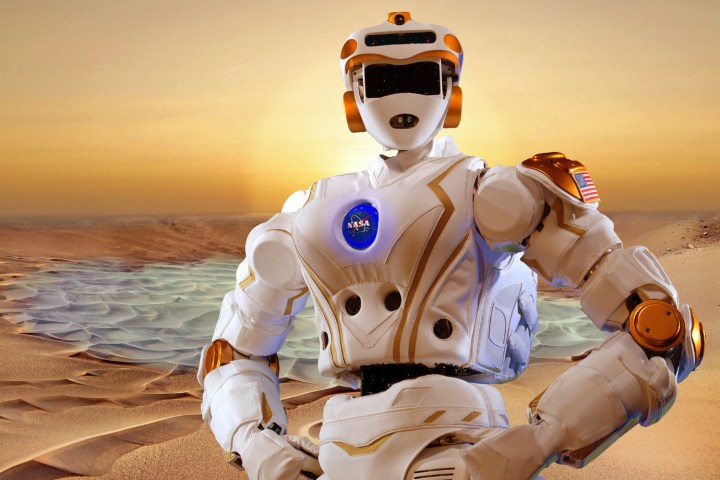
The robot arrived at Northeastern in 2015 as part of a proposal that Engineering Professor Taskin Padir sent to NASA for the Space Robotics Challenge software testing, reports Tech Crunch.
“They’ve done all of the hardware and we’re developing these high-level capabilities so Valkyrie does more than just move limbs,” Northeastern PhD student, Murphy Wonsick told Tech Crunch. “She can autonomously make decisions, move around, and accomplish tasks.”
Researchers moved the R5 to “NERVE (New England Robotics Validation and Experimentation) Center, a large warehouse space operated by UMass Lowell that houses large obstacle courses designed to put test robots and drones through their paces,” just outside of Boston.
On-board vision systems, bipedal locomotion, and navigation in tight spaces are some the criteria being tested at the NERVE research site, according to the same report.
NASA reportedly produced three other R5 models. One was held in-house, and NASA “awarded two as research loans to Northeastern University and nearby MIT, while a fourth was acquired by Scotland’s University of Edinburgh.”
According to NASA, in the finalist round, “each team’s R5 will be challenged with resolving the aftermath of a dust storm that has damaged a Martian habitat. This involves three objectives: aligning a communications dish, repairing a solar array, and fixing a habitat leak.”
The Space Robotics Challenge is part of NASA’s Centennial Challenges program set to award $1 million to the team that can “develop capabilities of humanoid robot dexterity to better enable them to work alongside and independent of astronauts in preparation for future space exploration.”
NASA announced the 20 finalists in February.
Editors' Recommendations
- Debunked: Canon is not recalling or delaying shipments of the EOS R5
- Canon EOS R5 is everything the R isn’t, thanks to stabilization, 8K, dual slots


